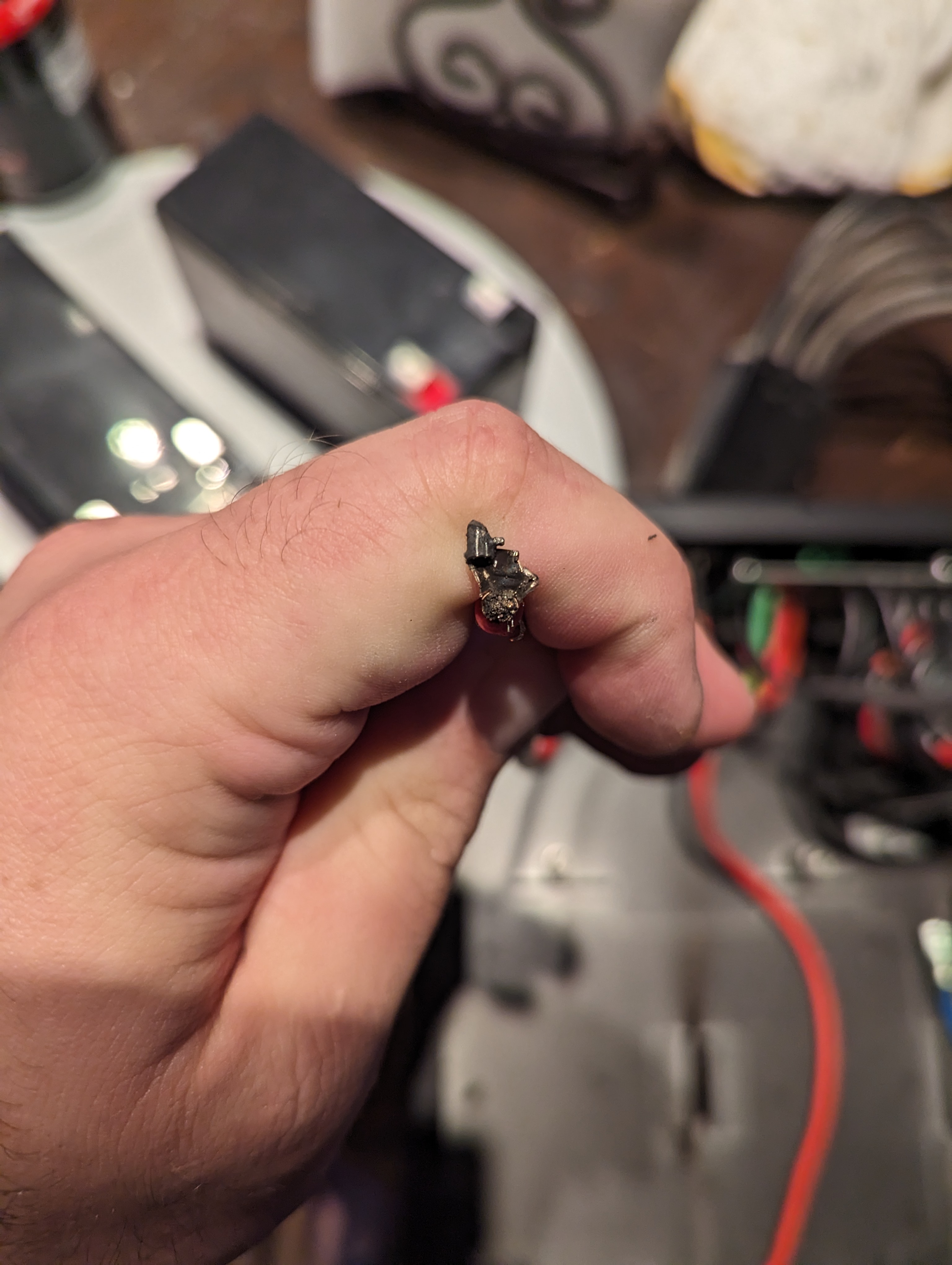view the rest of the comments
Selfhosted
A place to share alternatives to popular online services that can be self-hosted without giving up privacy or locking you into a service you don't control.
Rules:
-
Be civil: we're here to support and learn from one another. Insults won't be tolerated. Flame wars are frowned upon.
-
No spam posting.
-
Posts have to be centered around self-hosting. There are other communities for discussing hardware or home computing. If it's not obvious why your post topic revolves around selfhosting, please include details to make it clear.
-
Don't duplicate the full text of your blog or github here. Just post the link for folks to click.
-
Submission headline should match the article title (don’t cherry-pick information from the title to fit your agenda).
-
No trolling.
Resources:
- selfh.st Newsletter and index of selfhosted software and apps
- awesome-selfhosted software
- awesome-sysadmin resources
- Self-Hosted Podcast from Jupiter Broadcasting
Any issues on the community? Report it using the report flag.
Questions? DM the mods!

Hm I have not heard about such an issue so far but I also don't have as many UPS as you.
I see you holding a red cable which could be +. When I switch UPS batteries, I do it the same way as it's recommended for car batteries to avoid sparks/arcs. Remove - (black) first, as it won't spark/arc. Then remove + (red) as it can't get a circuit closed any more, so also no spark/arc.
When plugging a car battery in, it's the other way around. + (red) goes in first and only then you connect - (black) to avoid spark/arc for both connectors again that way.
Oh no. Half of this post is me making fun of myself. Mistakes were made. When you have a large array of batteries, it's important to wire them up correctly when replacing them. I definitely closed the circuit on some of the batteries when I shouldn't have.
I see how it could be confusing, and in the spirit of sending the correct message, I have added a clarifying edit.